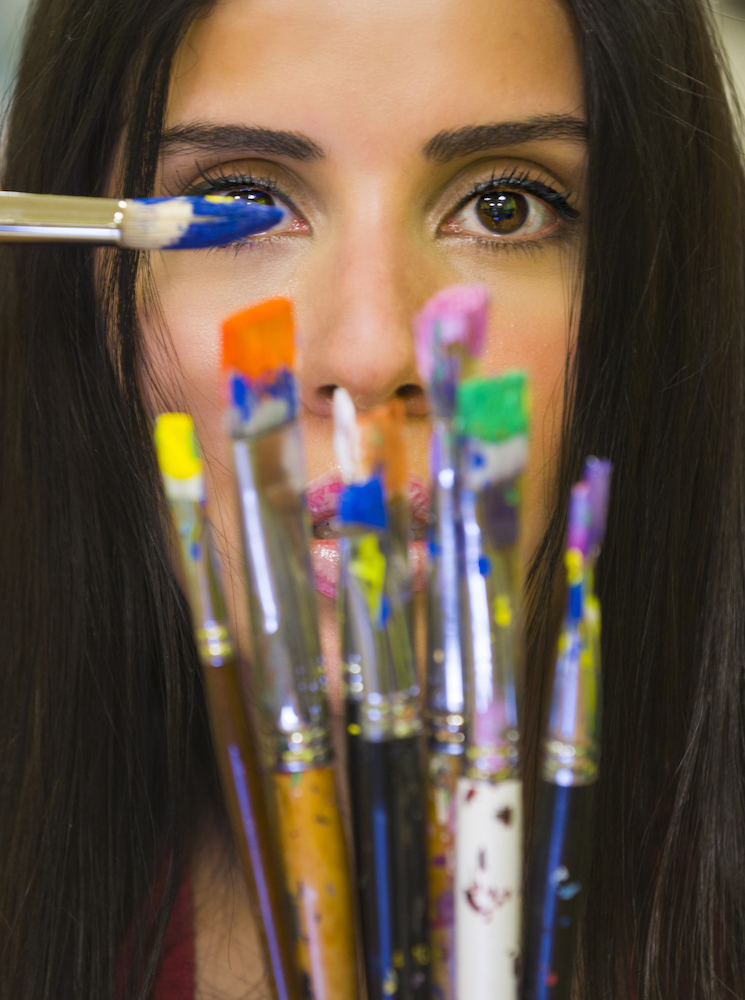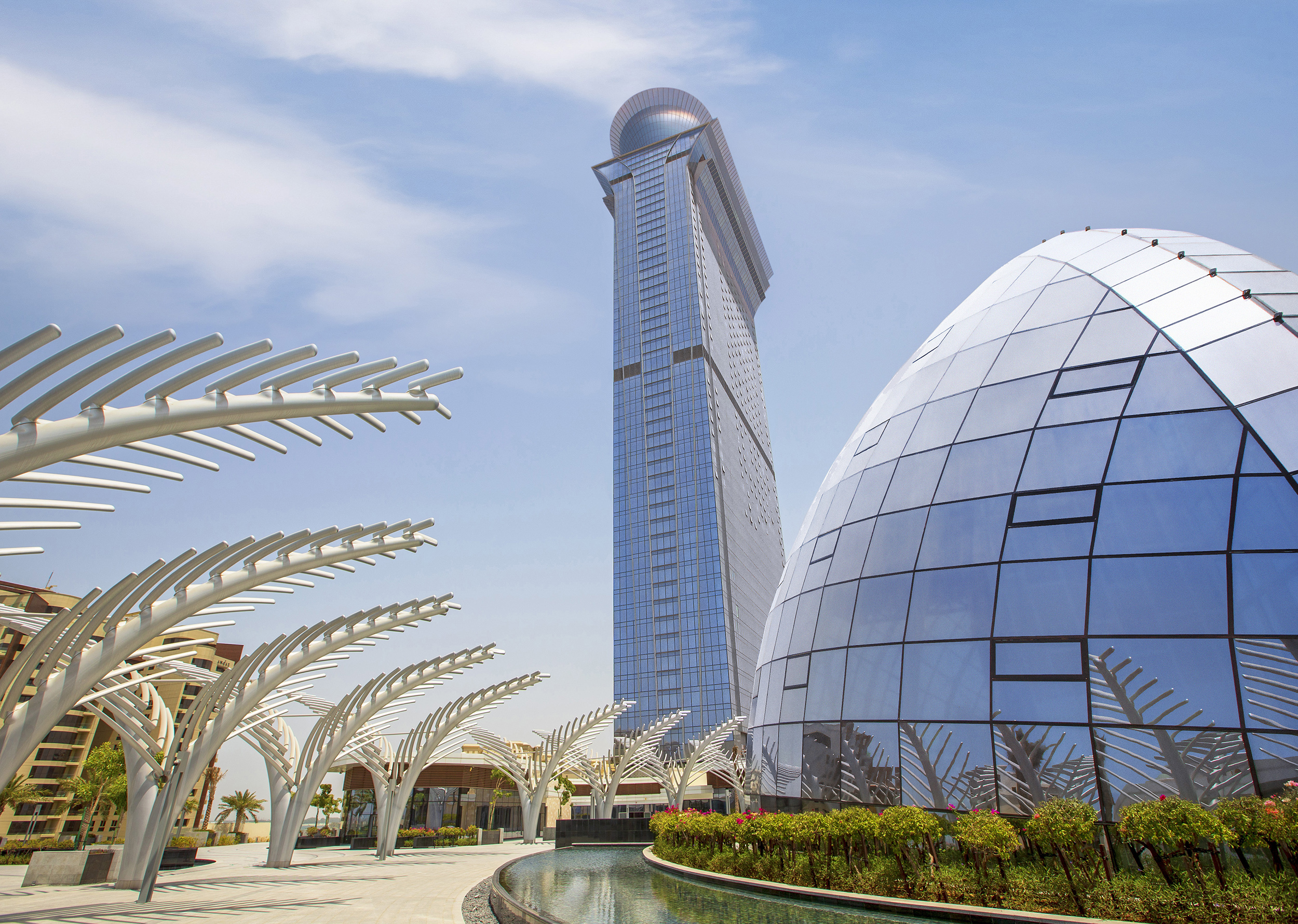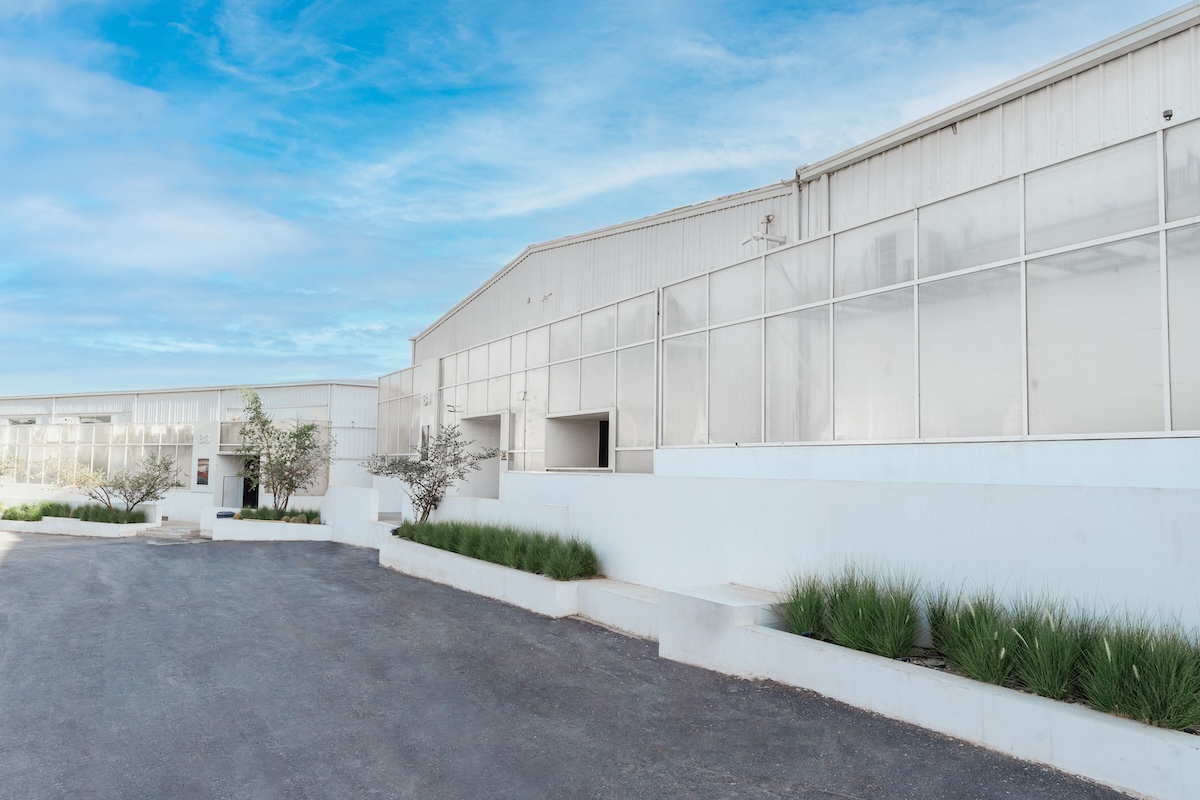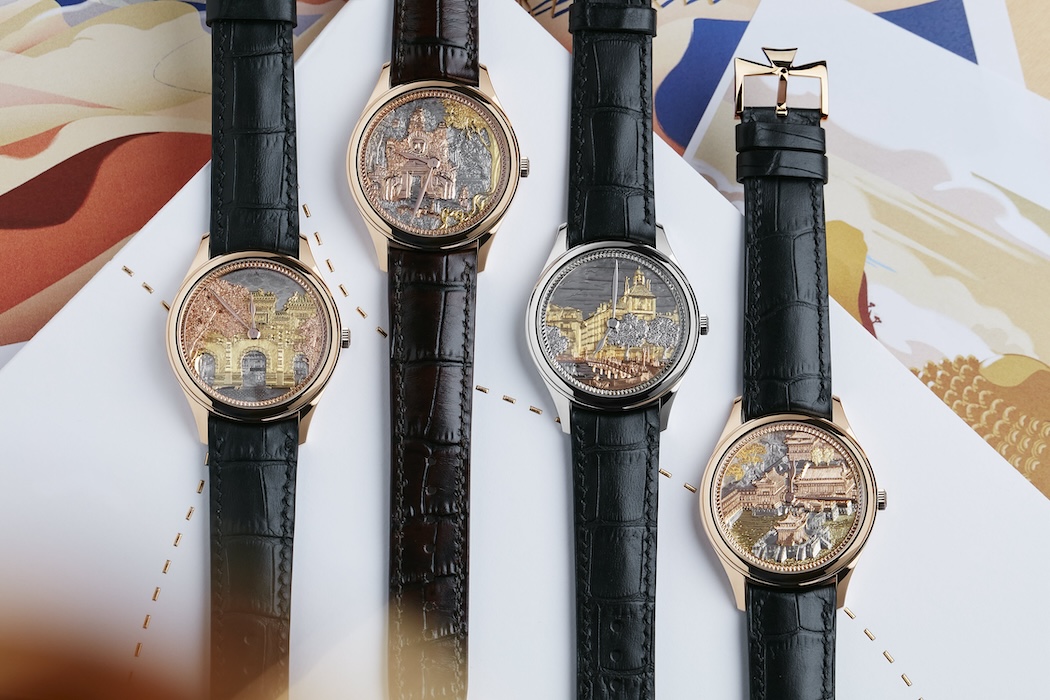The Saudi Arabian princess and artist Hayfa Abdullah’s solo show opened this week at Stellan Holm Gallery in New York, showcasing her new figurative and surrealistic paintings. The young, Jeddah-based artist puts a contemporary twist on Arabic lore and culture, and will donate all net proceeds from the exhibition to the Child Mind Institute, a nonprofit organization for children with mental health issues. The artist spoke with Whitewall about her artistic inspirations and aspirations.
WHITEWALL: Surrealistic representations of Arabic culture are a unique undertaking. How do you reconcile reality with imagination in your pieces?
HAYFA ABDULLAH: My painting stems from the imagination rather than realism and observation. For my most recent series, I asked myself, “What objects can I integrate with human forms in an unexpected and intriguing way?” From this I began to envision ephemeral materials, such as ice cubes, perfume, smoke, or fire and light, to be transformed into human portraits. Clearly, as a woman who has grown up in Arabic culture, objects, symbols, and identifiers of my life are inevitable, in the same way that an American would invariably include Western symbols and objects. But I never tell the viewer what I want them to experience through my work. I believe that true art should be capable of creating its own feeling in the viewer, and it may often be quite different from what I intend. True art is not linear or predictable.
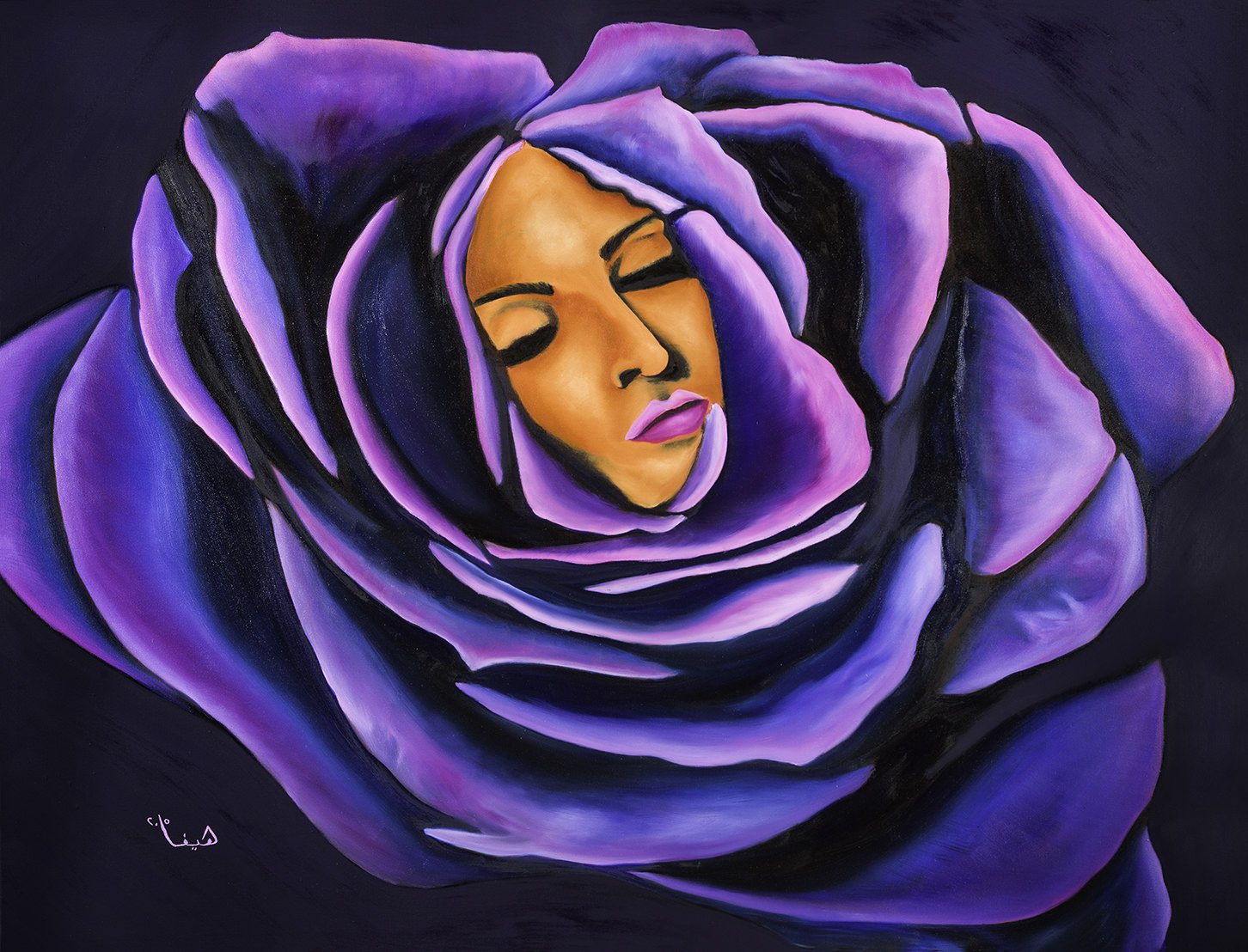
Hayfa Abdullah, “Rose,” 2015, oil on canvas, 34 x 57 inches, courtesy of the artist.
WW: You are of royal family lineage. Do you feel that aspect of your life has an impact on your practice?
HA: I think it’s impossible that it would not have had an impact to my practice—we become our own people but our parents live inside of us. My father, the late King Abdullah, has always been forward-thinking and lived his life with both great strength and courage. While I do not see myself as a mirror image of my father, I have indirectly adopted much of his tenacious approach and open-minded sensibility. In turn, this has affected the way I paint and perceive the world.
WW: Many of the themes depicted in your work have to do with eruption and confinement. Is that something you are particularly interested in?
HA: Reality is hard. As human beings we are asked to live inside a type of psychological box—to think in certain ways, to conform to the norms of society. But deep down we are individuals. Living and thinking like the rest oppresses us, makes us feel trapped and bound. It is true that I want to erupt in ways—art allows me to do this. In many significant ways, we are all much more than we are “allowed” to be.
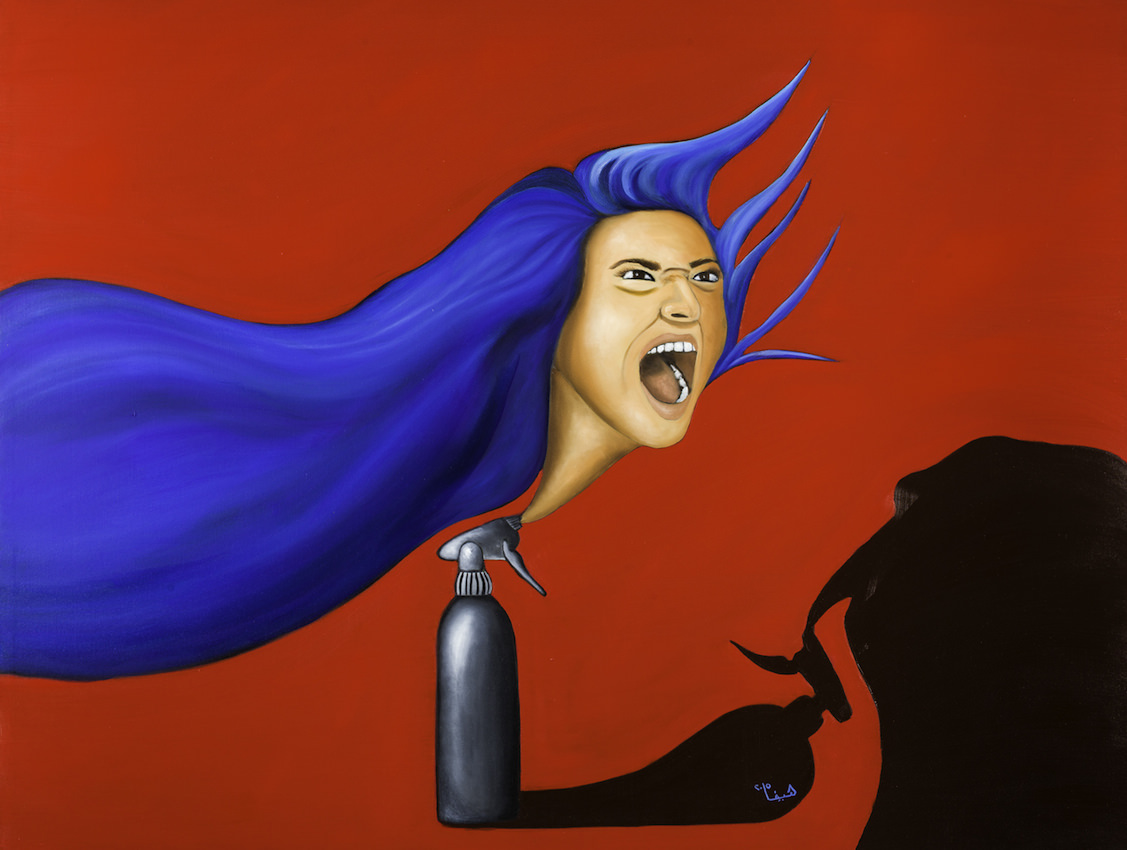
Hayfa Abdullah, “Spray,” 2015, oil on canvas, 43 x 57 inches, courtesy of the artist.
WW: Do you feel there is a discrepancy between how Arabic women are presented in the Middle Eastern and Western world?
HA: I know that there are certain locations and cultures that actively oppress women, but I think the Western media does a good job of generalizing this perspective and mischaracterizing all Islamic nations as the same. There are, of course, real problems, but you need to understand how much Saudi Arabia has changed since my father, the late King Abdullah, took power. He not only gave women the right to membership in Parliament, but also gave them the right to participate in the local municipalities as members and active voters. Now we have female members in Parliament. Additionally, he appointed the first female university president, and also appointed the first female deputy minister. There have been huge advancements in the Saudi workplace, both public and private. Culturally, too, there has been great change. Saudi Arabian women are increasingly finding room for identification and expression within the kingdom’s art world.
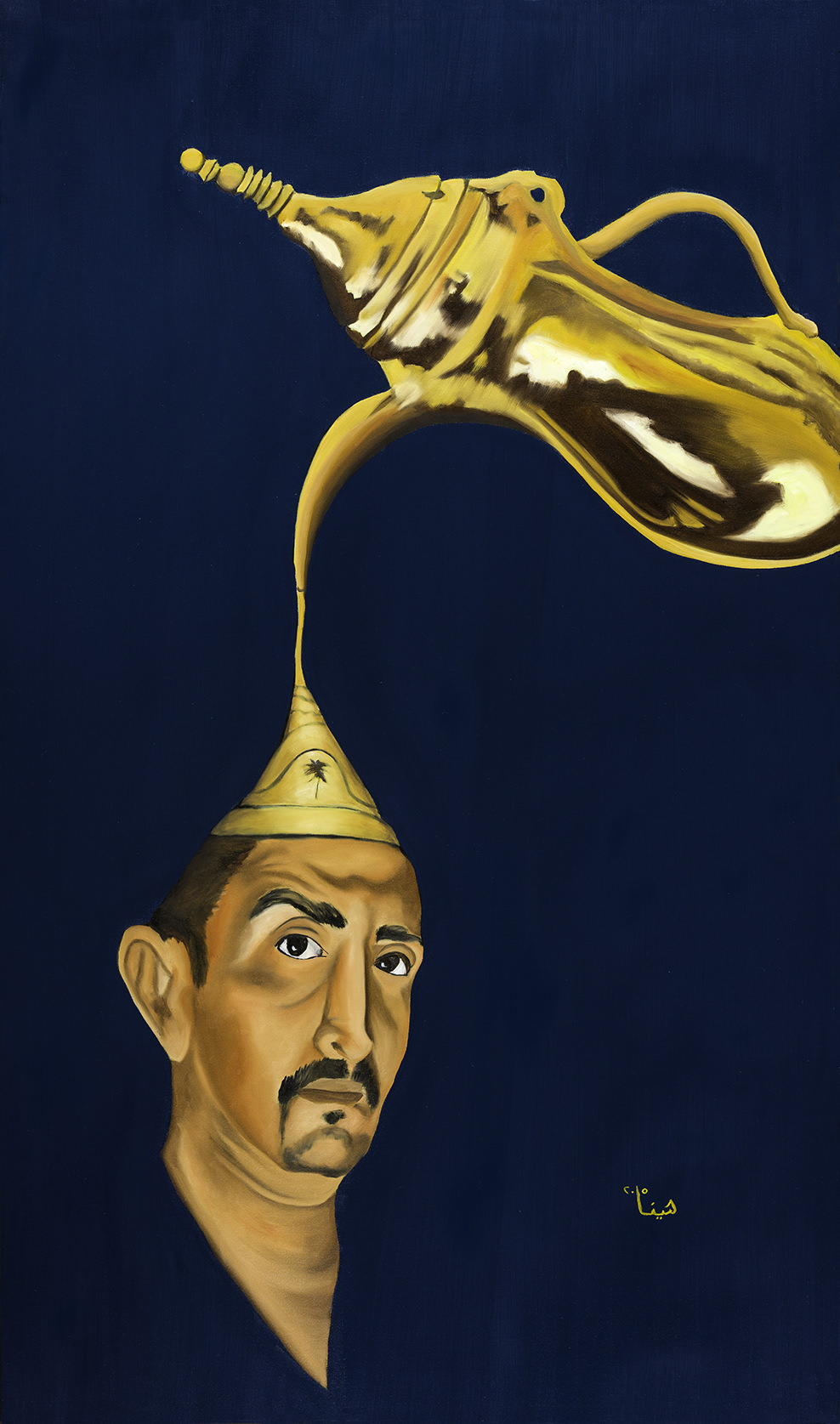
Hayfa Abdullah, “Mahjoob,” 2015, oil on canvas, 57 x 33 inches, courtesy of the artist.
WW: You’ve mentioned Frida Kahlo as a personal inspiration. Could you explain why she is an important reference for you?
HA: I love her use of vibrant colors and narrative. I try to bring in these elements when I create—strong, dramatic colors and the idea of hooking my viewer into a story that has potential meanings and ramifications for their lives.
WW: All the profits from your show at Stellan Holm Gallery are to go to the Child Mind Institute. Why this choice of charity in particular?
HA: The Child Mind Institute does an incredible job researching and looking to better the lives of children with ADHD and other mental health disorders. I have been so fortunate in my life to come from an established and stable family, but no one in this world is impervious to hardship, as my middle child was diagnosed with ADHD. I will undoubtedly continue to support this essential organization.
WW: You have lived in many places (Saudi Arabia, New York, Paris). Where do you picture yourself in the future?
HA: Jeddah, Saudi Arabia. I love New York and Paris, too, but Jeddah is my heart.
Hayfa Abdullah’s first solo show is up through May 27 at Stellan Holm Gallery.
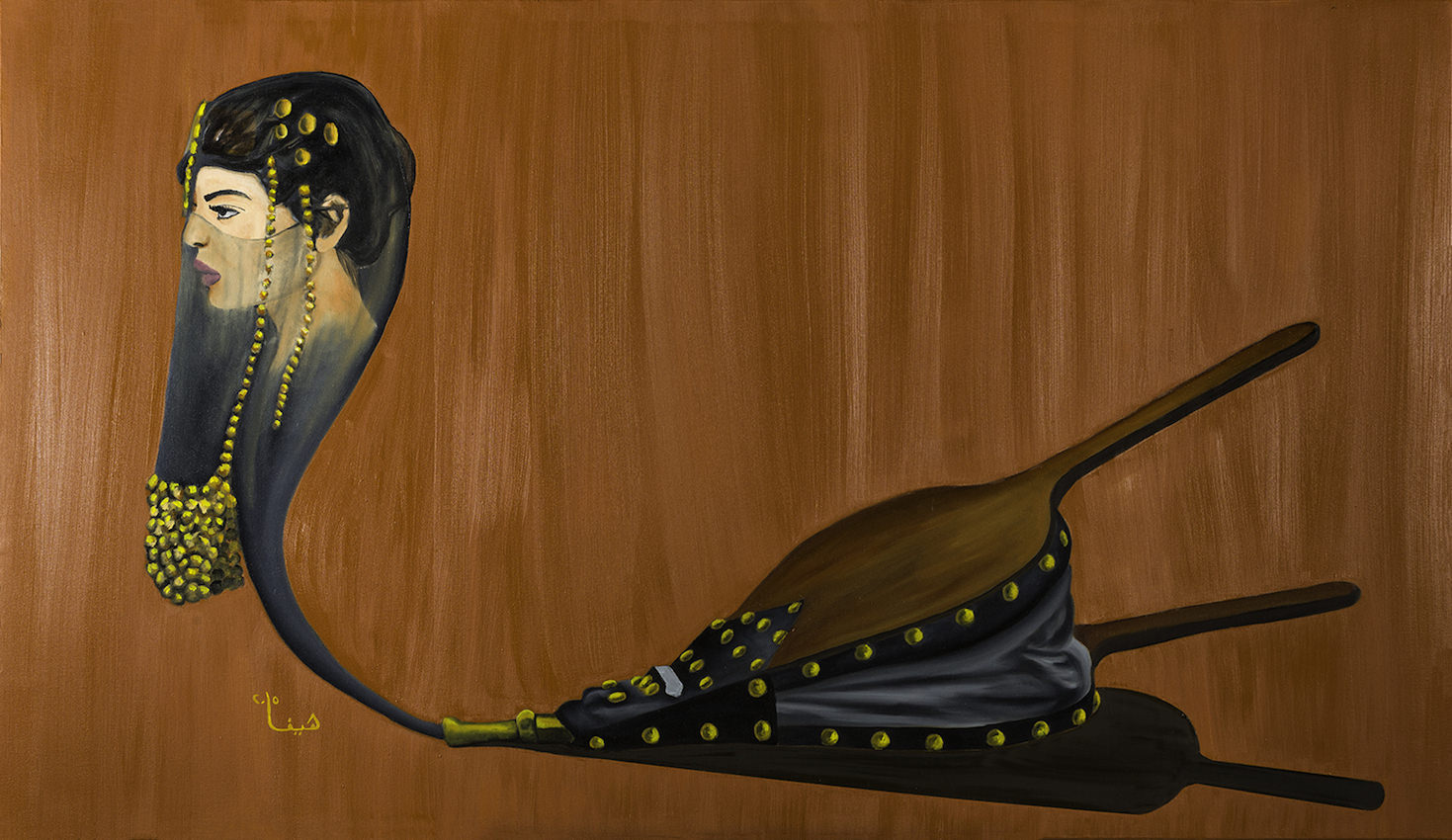
Hayfa Abdullah, “Bellows,” 2015, oil on canvas, 33 x 57 inches, courtesy of the artist.


